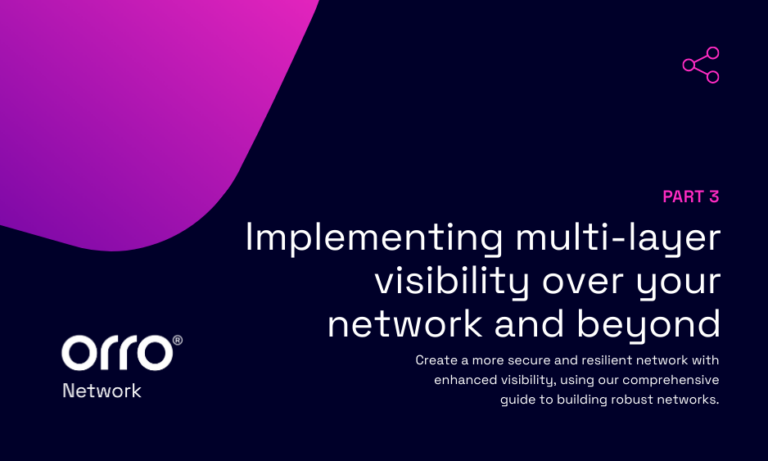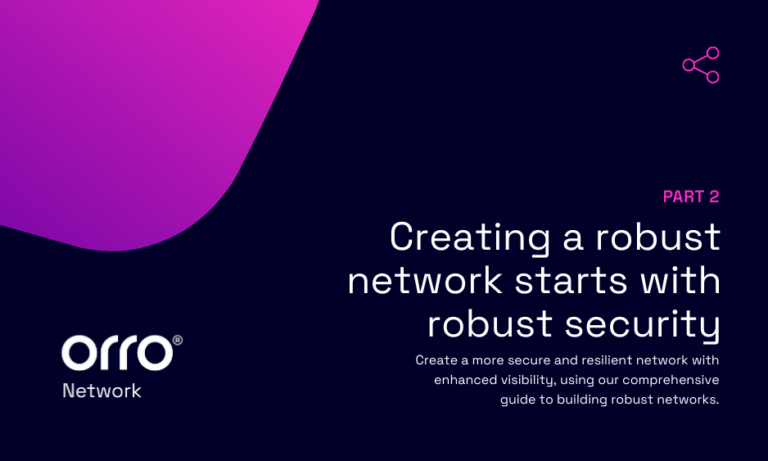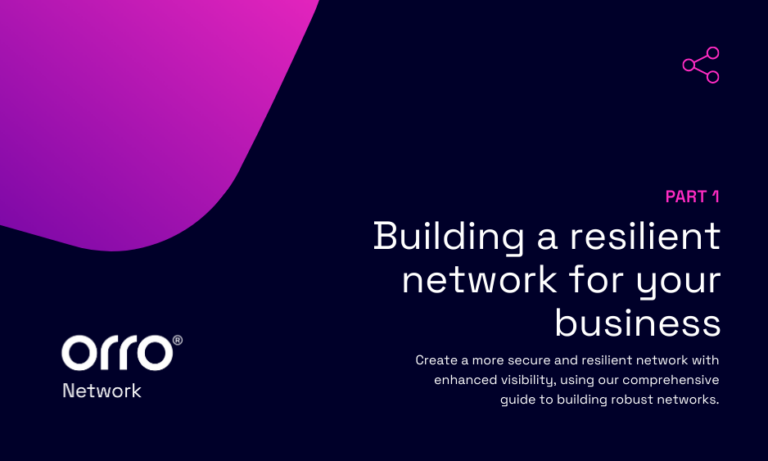In the midst of unprecedented digital disruption, it is important for CEOs to establish ways to ensure digital initiatives are actually delivering results for the business. There are five key metrics to consider when it comes to quantifying the impact of digital on the bottom line.
Depending on where organisations are on their digital journey, some speak of “digital” in terms of digital delivery, while others speak of “digital” more in terms of digital transformation. Either way, all organisations need to ensure that they can clearly measure whether digital initiatives are delivering business value, says Kevin Bloch – former Cisco ANZ Chief Technology Officer and founder of corporate technology advisory firm Bloch Advisory.
“The role of the CTO is essentially to mobilise technology to support the business objectives,” Bloch told Orro’s recent ‘Delivering Disruption’ virtual event.
“The CTO reports to the CEO, who lives in a macroeconomic environment, so the CEO needs to look at the big picture of what digital is delivering to the business.”
Drawing on the work of McKinsey, Bloch cites five key metrics to keep in mind when businesses determine the true value derived from their digital initiatives.
Organisations pursuing digitisation need a fully engaged CEO to take charge and drive actual performance gains from digital investment.
“That means prioritising scalable initiatives capable of substantially improving the organisation’s performance; insisting on fast, minimally viable outcomes that can be improved over time; and, importantly, measuring and tracking the impact and value creation of all digital initiatives,” according to McKinsey.
1. Return on Digital Investment
To maximise returns, McKinsey recommends transforming one business domain at a time and broadening from there for traction and coherence. In this context, “domain” refers to one critical process, function, or customer or employee journey.
Transforming domains one by one allows organisations to leverage similar data sets, technology solutions and team members for multiple use cases. This ultimately saves time and expense, to further improve ROI.
“There is the need to prioritise bold initiatives for the business, so you can really get a handle on whether those initiatives are making sense or not,” Bloch says.
CEOs should look not only at the value provided by individual digital initiatives, but also at each initiatives’ collective support of strategic organisational goals.
2. Budget
Those organisations which only spend a small proportion of their technology budgets on enabling the most strategic, bold digital initiatives are unlikely to maximise return on digital investment.
Many legacy organisations are still caught up in overly complex technology stacks, which consume vast amounts of resources. For example, some banks spend 92 per cent of their digital budget on infrastructure and maintenance and only 8 per cent on business improvement.
“That is not sustainable, given the pace of innovation and disruption,” Bloch says. “Companies today should be spending more than 25 per cent on their growth initiatives.”
Breaking down legacy technology platforms into a set of microservices, and prioritising areas enabling an organisation to more quickly develop apps and services, is one way for large organisations to tackle this challenge.
3. Time to market
The quick translation of ideas into tools which can be used on the front line is critical in a digital organisation. Delays mean yielding advantage to the competition or, worse, producing tools which are already obsolete.
A lack of agile continuous-delivery processes and overly burdensome documentation are often key hurdles.
“Traditional organisations can have a time to market of one to two years, with a release frequency of one to four per year,” Bloch says. “Meanwhile, leading organisations get time to market down to two to six months, with a release frequency of one to four per month.”
“Looking at world-class organisations, they’re achieving time to market of only eight to 12 weeks – with a release frequency of 10 to 15 per day – which is an amazing difference.”
4. Incentives
Aligning incentives is critical for a CEO who needs to ensure that all organisational leaders are accountable for digital transformation and are driving tangible value.
“This is where you need to consider what percentage of your leaders’ incentives are linked to digital,” Bloch says. “It also leads on to thinking more clearly about the exact role of the CTO.“
5. Talent
The ability to attract, retain and promote exceptional tech talent is arguably the most crucial driver of long-term success. The correct talent strategy can change over time, depending on where an organisation is in its digital journey.
“This is a massive challenge, with some tech firms now paying anything to get bodies on seats – especially with the borders closed during the pandemic,” Bloch says.
“There is an insatiable demand for talent and it’s a challenge leaders must address if they want to ensure that their digital initiatives are actually delivering business results.”
Contact us to find out how we can help you on your digital journey.
"*" indicates required fields









